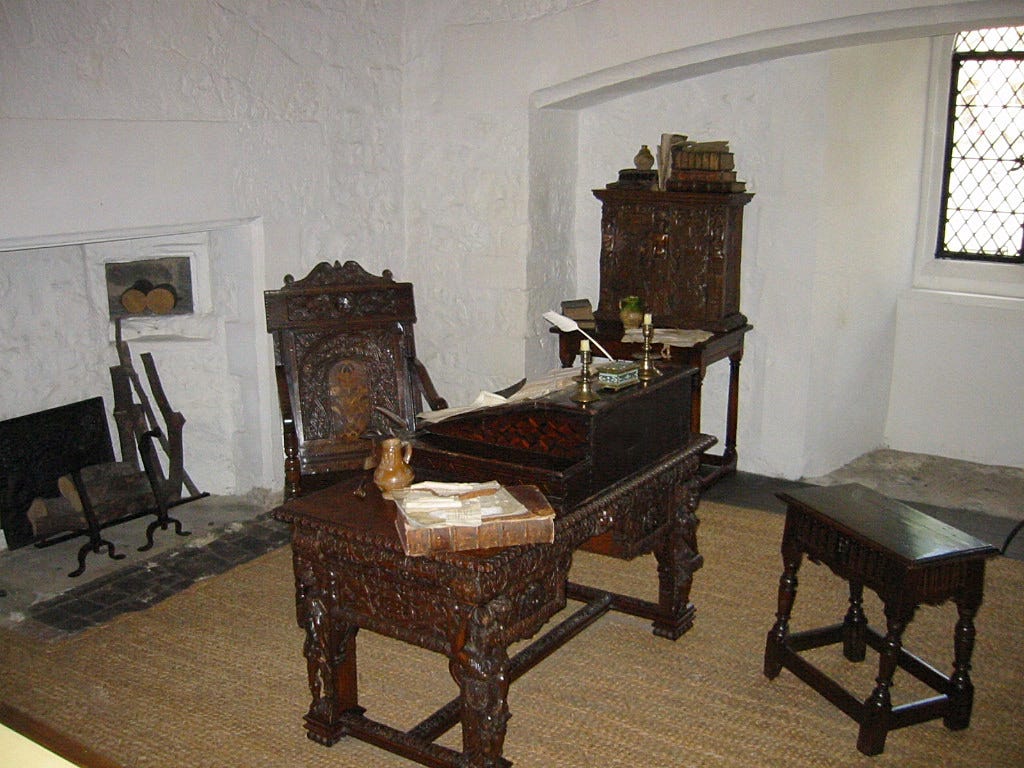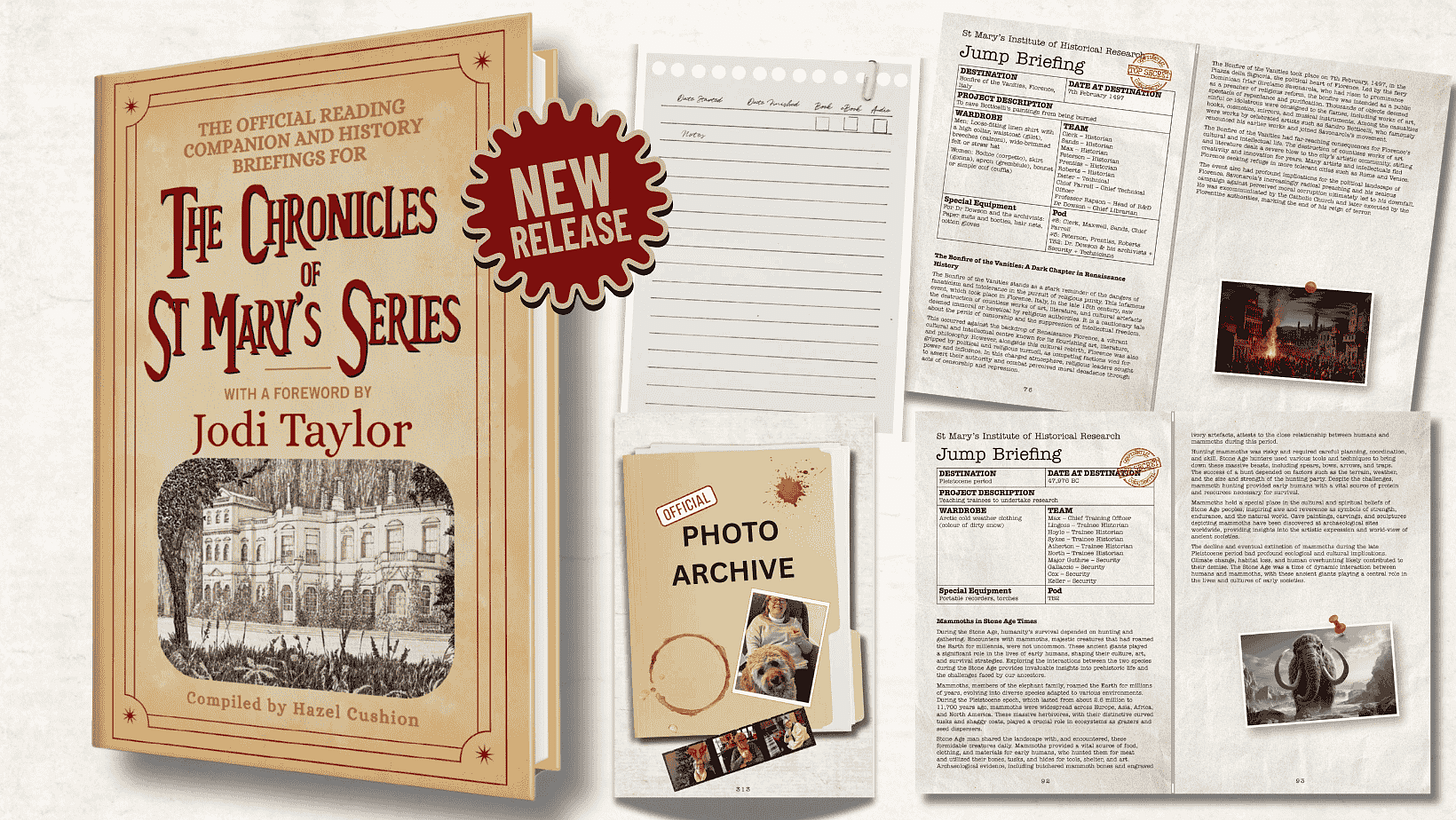Sir Walter Raleigh goes on trial for treason
The famed explorer is accused of plotting against King James I
Sir Walter Raleigh’s name still evokes the glamour of Elizabethan adventure. Still, when he faced trial for treason on 17 November 1603, his fortune had crumbled, his queen was dead, and his enemies were gathering. The celebrated explorer who had once stood at the centre of power now stood alone, accused of conspiring against the new king, James I.
The accusations were grave. Raleigh was charged with joining a plot to overthrow James and place Arabella Stuart on the throne. Evidence was thin, but Raleigh had never been a favourite of the new monarch. His closeness to Elizabeth, his sharp tongue, and his air of superiority provoked distrust. The trial at Winchester was long, theatrical and deeply political. Raleigh defended himself with wit and dignity, exposing contradictions in the prosecution. Even the spectators murmured in admiration. Yet admiration could not save him. The verdict was predetermined, and Raleigh was found guilty and sentenced to death. Raleigh, still remarkably composed, was led away.
Yet the story did not end on the scaffold. James I hesitated to execute a man as admired and as useful as Raleigh. The death sentence was suspended and Raleigh returned to the Tower of London, where he spent thirteen long years.
He turned again to scholarship and wrote his vast History of the World. He studied alchemy, geography, and languages. Above all, he brooded over a grand idea that had haunted him for decades. Somewhere along the Orinoco River lay a land of untold riches, a place he had glimpsed in earlier travels, a golden country, Guiana (now known as Guyana, located in modern-day Venezuela).
Raleigh convinced himself that the discovery of this land would restore both his reputation and his fortune. More importantly, he believed it would enrich the English crown and repair his damaged relationship with James. When Spain and England briefly improved relations, Raleigh saw his opportunity. He persuaded the king to release him for one last great voyage. If he failed, the death sentence from 1603 would be enforced.
Thus, in 1617, grey-haired but unbroken, Raleigh set sail for South America. The voyage was beset with difficulty from the start. The fleet struggled with storms and disease. Raleigh himself suffered from crippling illness and was unable to lead the inland expedition when the ships reached the mouth of the Orinoco. Command fell instead to Lawrence Keymis, Raleigh’s loyal friend, who pushed upriver in search of the fabled gold.
Against explicit orders to avoid conflict with the Spanish, Keymis attacked a Spanish settlement. During the fighting, Raleigh’s son, Wat, was killed. Keymis returned to the ships in despair. Raleigh, devastated by his son’s death and horrified by the political implications, refused to absolve him. Keymis took his own life shortly afterwards.
The tragedy did not end there. The Spanish, enraged by the attack, demanded Raleigh’s punishment. James I, eager to maintain peace with Spain, was only too willing to comply. Raleigh returned to England not as a hero but as a liability. The old sentence from 1603 was reinstated. On a cold morning in October 1618, at the Palace of Westminster, he faced the executioner. His final words betray both the courage and fatalism that defined his life. He examined the axe with a half smile and remarked that it was a sharp medicine, but would cure all diseases. One moment later, the blade fell. England lost one of its most complex and compelling figures, a man whose ambitions soared higher than his luck ever could.
I hope you have enjoyed this foray into history. Please subscribe to read more articles like this.
CLICK HERE to read more History and Happenings articles.
Have you discovered The Official Reading Companion and History Briefings for The Chronicles of St Mary’s series by Jodi Taylor?
If you’ve ever found yourself wondering who did what, when, and where in Jodi Taylor’s brilliant Chronicles of St Mary’s series — this is the companion guide you’ve been waiting for.
This guide is a must-have for both dedicated fans and curious newcomers. It contains synopses of every book and short story, detailed floor plans of St Mary’s Institute for Historical Research, History Briefings, chronological jump lists, character information, and more.
Whether you’re brushing up on the timeline or want to immerse yourself further in the chaos and charm of St Mary’s, this guide is your ultimate companion.
CLICK HERE to learn more.





